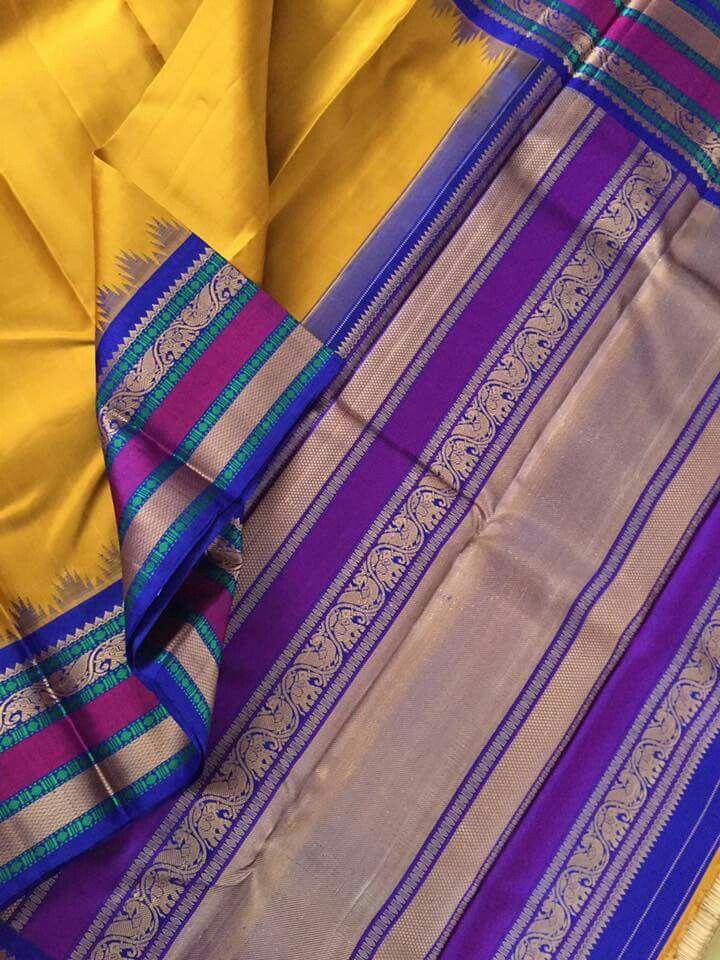The Indian textile industry is a testament to the country's rich cultural heritage, with each region boasting its unique weaving techniques and traditional attire. Among these, the Chettinad handloom sarees stand out for their exquisite craftsmanship and vibrant aesthetics. Originating from the Chettinad region in Tamil Nadu, these sarees have a storied past and remain a cherished garment for women across India and beyond. This article takes you on a journey through the history of Chettinad handloom sarees, exploring their origins, evolution, and enduring appeal.
Origins of Chettinad Handloom Sarees
The roots of Chettinad handloom sarees can be traced back to the Chettinad region, a cultural hub in Tamil Nadu known for its architecture, cuisine, and textile traditions. The sarees were initially woven by the Devanga community, renowned for their weaving skills. The weavers of Chettinad created sarees that reflected the region's rich cultural tapestry, using techniques passed down through generations.
Chettinad handloom sarees, often referred to as "Chettinad Cotton Sarees," are known for their distinctive features. These sarees traditionally come in vibrant colors and bold patterns, often characterized by contrasting borders and intricate designs. The use of natural dyes and high-quality cotton ensures that these sarees are not only visually stunning but also comfortable to wear, making them ideal for the hot and humid climate of Tamil Nadu.
The Weaving Process
The art of weaving Chettinad handloom sarees involves a meticulous process that requires skill and precision. The journey begins with the selection of high-quality cotton, which is then spun into yarn. The yarn is dyed using natural dyes, derived from plants and minerals, ensuring that the colors are both vibrant and eco-friendly. The dyed yarn is then woven on traditional handlooms, with weavers meticulously crafting each saree.
One of the most distinctive features of Chettinad handloom sarees is the "kandangi" pattern, characterized by bold checks, stripes, and contrasting borders. The weavers often incorporate motifs inspired by nature, such as flowers, leaves, and birds, adding a touch of elegance and cultural significance to the sarees. The intricate weaving techniques and attention to detail result in sarees that are not only beautiful but also durable and long-lasting.
Evolution and Modern Adaptations
Over the years, Chettinad handloom sarees have evolved to keep pace with changing fashion trends while retaining their traditional essence. While the classic designs continue to be popular, modern adaptations have introduced new patterns, color combinations, and materials. Silk and silk-cotton blends are now used alongside the traditional cotton, offering a wider range of options for different occasions.
Fashion designers and artisans have played a significant role in popularizing Chettinad handloom sarees in contemporary fashion. By experimenting with innovative designs and incorporating elements from other textile traditions, they have created a fusion that appeals to a global audience. Despite these modern adaptations, the essence of Chettinad handloom sarees remains intact, celebrating the craftsmanship and cultural heritage of the Chettinad region.
Cultural Significance
Chettinad handloom sarees are more than just garments; they are a symbol of cultural identity and pride for the people of Tamil Nadu. These sarees are often worn during festivals, weddings, and other special occasions, reflecting the rich cultural heritage of the region. The vibrant colors and intricate designs are a testament to the artistry of the weavers and their dedication to preserving this traditional craft.
In addition to their cultural significance, Chettinad handloom sarees have also gained recognition for their contribution to sustainable fashion. The use of natural dyes and handloom weaving techniques aligns with eco-friendly practices, promoting a more sustainable and ethical approach to fashion. By supporting the artisans and weavers who create these sarees, consumers can contribute to the preservation of this traditional craft and the livelihoods of the communities involved.
Challenges and Preservation Efforts
Despite their cultural and artistic value, Chettinad handloom sarees face several challenges in the modern era. The rise of machine-made textiles and the proliferation of synthetic fabrics have posed a threat to the traditional handloom industry. Many weavers have struggled to compete with the low prices and mass production of machine-made sarees, leading to a decline in demand for handloom products.
However, various initiatives have been undertaken to preserve and promote the art of Chettinad handloom weaving. Government programs, non-profit organizations, and fashion designers have joined hands to support the weavers and ensure the survival of this traditional craft. Efforts to provide financial assistance, training, and market access have helped revive the handloom industry and create sustainable livelihoods for the artisans.
Additionally, the growing awareness of sustainable fashion and the desire for unique, handcrafted products have contributed to the resurgence of interest in Chettinad handloom sarees. Fashion enthusiasts and conscious consumers are increasingly seeking out handloom sarees for their authenticity, quality, and cultural significance. This renewed interest has provided a much-needed boost to the handloom industry and encouraged the weavers to continue their craft with pride and dedication.
Conclusion
The journey through the history of Chettinad handloom sarees is a testament to the enduring appeal of traditional craftsmanship and cultural heritage. From their origins in the Chettinad region to their modern adaptations, these sarees have retained their unique charm and elegance. The vibrant colors, intricate patterns, and meticulous weaving techniques reflect the artistry and dedication of the weavers who create them.
As we celebrate the beauty and cultural significance of Chettinad handloom sarees, it is important to recognize the challenges they face and support the efforts to preserve this traditional craft. By choosing handloom sarees and promoting sustainable fashion, we can contribute to the survival of this rich textile tradition and ensure that future generations continue to appreciate and cherish the artistry of Chettinad handloom sarees.

